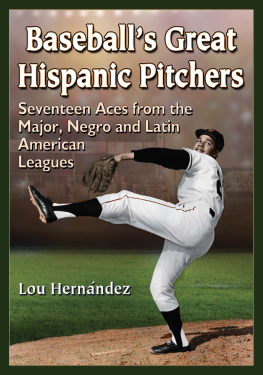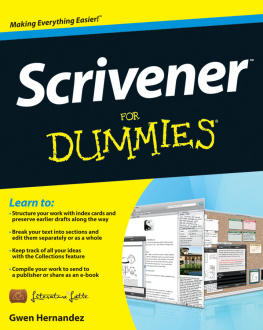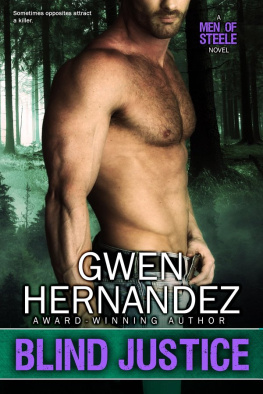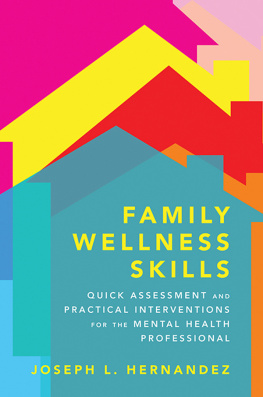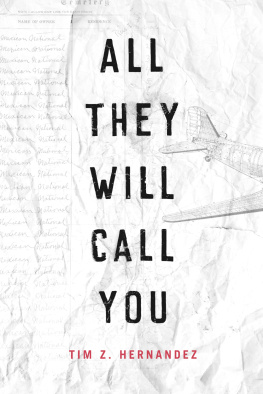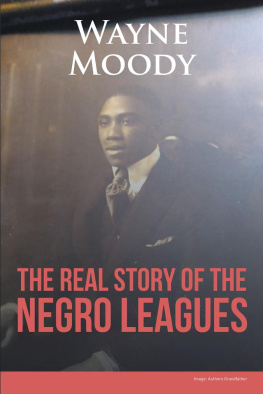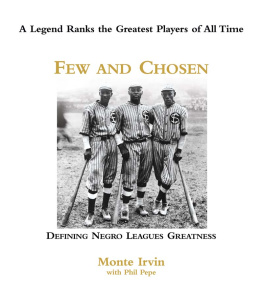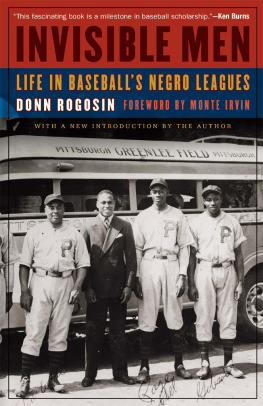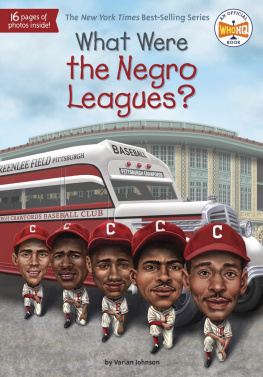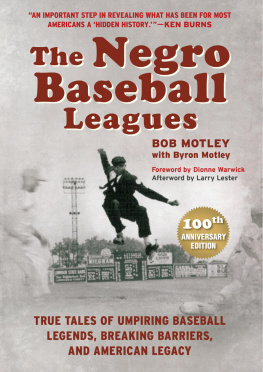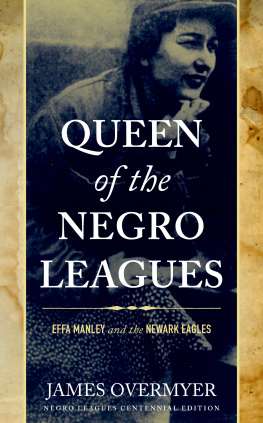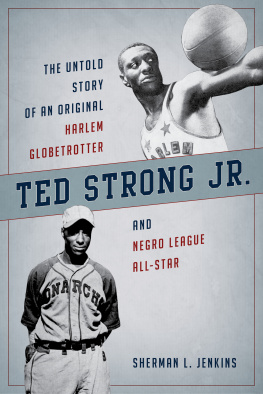
Also by LOU HERNNDEZ
Memories of Winter Ball: Interviews with Players in the Latin American Winter Leagues of the 1950s (McFarland, 2013)
The Rise of the Latin American Baseball Leagues, 19471961: Cuba, the Dominican Republic, Mexico, Nicaragua, Panama, Puerto Rico and Venezuela (McFarland, 2011)
Baseballs Great Hispanic Pitchers
Seventeen Aces from the Major, Negro and Latin American Leagues
Lou Hernndez

McFarland & Company, Inc., Publishers
Jefferson, North Carolina
LIBRARY OF CONGRESS CATALOGUING DATA ARE AVAILABLE
BRITISH LIBRARY CATALOGUING DATA ARE AVAILABLE
e-ISBN: 978-1-4766-1545-5
2015 Lou Hernndez. All rights reserved
No part of this book may be reproduced or transmitted in any form or by any means, electronic or mechanical, including photocopying or recording, or by any information storage and retrieval system, without permission in writing from the publisher.
On the cover: Juan Marichal (National Baseball Hall of Fame Library, Cooperstown, New York)
McFarland & Company, Inc., Publishers
Box 611, Jefferson, North Carolina 28640
www.mcfarlandpub.com
To the memory of
Margarita Bichara (19262013),
the matriarch of our family.
Acknowledgments
The thorough study on Ramn Bragaa done by Dr. Layton Revel and Luis Muoz for the Center for Negro League Baseball Research provided an invaluable source of information to me as I prepared his profile in Chapter 1.
The centers compilation of Adolfo Luques managerial record in Mexico likewise helped me add a finishing brushstroke to that multitalented individuals career.
A variety of magazines and newspapers were consulted as I fleshed out all of the player profiles. But for much of the 20th century, the Sporting News was surely the greatest single source for baseball information and I made continuous use of it throughout the research and writing of this book.
Retrosheet.org was of immeasurable help with its treasure trove of box scores. And baseball-reference.com provided all of the WAR, WHIP and ERA+ statistics cited, as well as other useful data.
The Elias Sports Bureau and Stats, LLC provided the statistics used within the player profiles of Mariano Rivera, Johan Santana and Flix Hernndez.
Personal thanks to Dr. Layton Revel and the late Charles Monfort for photograph contributions.
Preface
Warren Spahn noted that pitching was all about upsetting a hitters timing. I believe no one should be upset with the choices of the greatest Hispanic pitchers identified in this book. My ranking of these pitchers may draw out dissenting discussion. That can only shine more positive light on the men involved.
Most of the names of the men spotlighted in this book are familiar ones to baseball fans. But perhaps their individual accomplishments may not be so well known. That is where, with this work, I hope to enlighten a broader audienceas I was enlightenedto the achievements each pitchers dedicated labor to his craft produced.
My goal in writing this book is to provide a comprehensive look at baseballs all-time best Hispanic pitchers. Bringing expanded attention to these particular athletes of the diamond by recognizing their grand exploits was another desired objective of this project.
All of the pitchers headlined in these pages were born in Latin America. I use the term Hispanic, rather than the interchangeably used Latino, because I feel Hispanic is the more appropriate term when referring to a Spanish-speaking person of Latin American descent residing in the United States. All of these players lived, at one time or another, in the United States. (It should be noted, for reference sake at least, that not all countries in Latin America have Spanish as their primary language. And that the root word of Hispanic suggests the Spanish culture and language much more definitively than the outmoded language root of Latin.)
For 80 of the roughly 100 years covered in this book, pitchers in all professional leagues throughout the Western Hemisphere did not concern themselves with a pitch count. Whether that was a good or bad philosophy will be left open for debate. The men of these complete-game-centric pitching eras unquestionably drew greater personal satisfactionand deeper admiration from peers and fanswith their extended performances than the six-inning starters of today.
How did I choose the pitchers? What was the selection process? I used a minimum of 250 career wins for selection of all the 20th century profiled starsall leagues inclusive. (Orlando El Duque Hernndez and Fernando Valenzuela each came up a little short.)
I also included Mariano Rivera, one of the most gifted and respected major league players of the past 20 years. As a relief pitcher, he warrants a different perspective from that of a starter. Yet, as a testament to how staggeringly good his body of work was, it seemed apparent to me that his placement alongside the conventional pitchers could not be denied, though there was no viable method of ranking him with the others.
I feel compelled to elaborate here on my classification of Adolfo Luques 1923 season as the greatest season ever produced by a Hispanic major league pitcher. More contemporary fans and Sabermetrics followers may point to Pedro Martnez and his 2000 campaign ranking as the best by any pitcher all time. But I contend statistical dominance over hitters should not be the bellwether. Martinezs 2000 campaign consisted of only 29 starts, 18 wins, seven complete games, four shutouts, and 217 innings, all vastly diminished numbers in comparison to many of the greatest pitching seasons on record.
Luque, in 1923, threw 322 innings and had nearly as many complete games (28) on the season as Martnez had starts in 2000. Luque won 27 games and tossed six shutoutsin a 154-game schedule. (Luque was denied seven other shutouts simply due to unearned runs!) Martinez bettered Luque in ERA, 1.74 to 1.93, and strikeouts, 284 to 151. The strikeout difference is not as large as it appears, as the players of past eras were far more disciplined at the plate compared to the hacking free-swingers of modern times.
Had Martnez pitched more often, made more starts, thrown more innings, would he have been as dominantor effective? Not likely.
Martinez supporters, of course, may argue that the competition of an integrated, designated-hitter, performance-enhanced, drug-permeated league was tougher than what Luque had to face. That may be, but one-third of the argument then leaves Martnez under the cloud of suspicion hanging over the game during his dominant time. Another third of the contention, I view, as a boomerang effect that would then, for debates sake, allow one to question the overall caliber of play in the Negro and Winter Leagues. For example, did Cool Papa Bell and Buck Leonard have to bat against Satchel Paige and Hilton Smith every game? No. Josh Gibson and Willard Brown set home run records in Mexico and Puerto Rico. Does anyone want to examine the won-lost records of the pitchers faced by these record-setting men in those leagues? The one concession, therefore, that can be given is the fact that Martinez had to face a legitimate hitter four times a game, whereas Luque did not.
Comparing players from different baseball eras has always been a spirited but difficult endeavor. In the end it came down to Luques quantity and quality over Martinezs singular quality.
Next page
